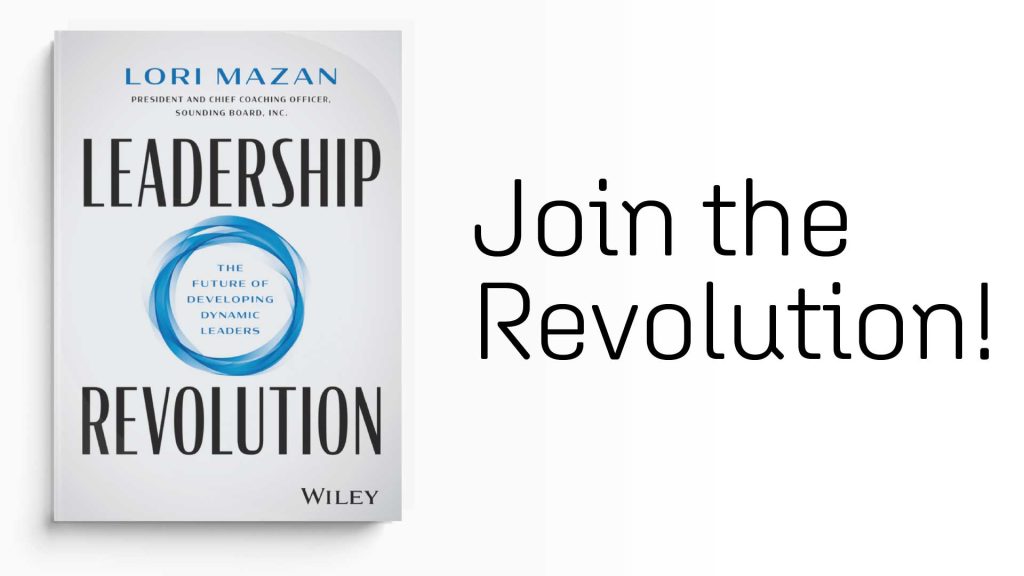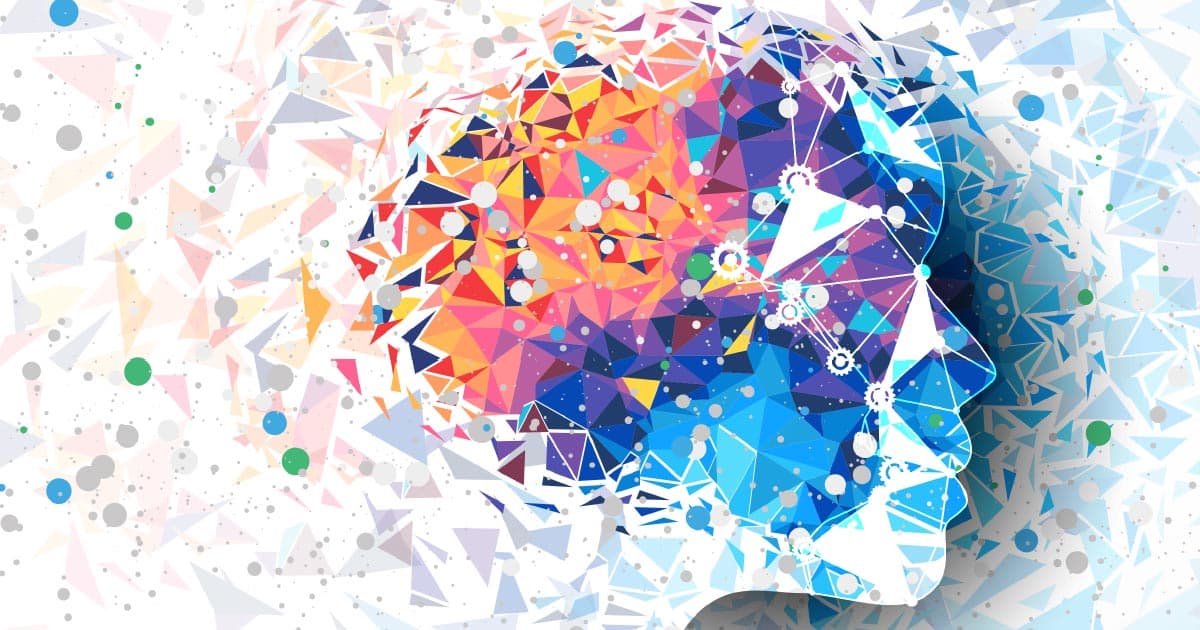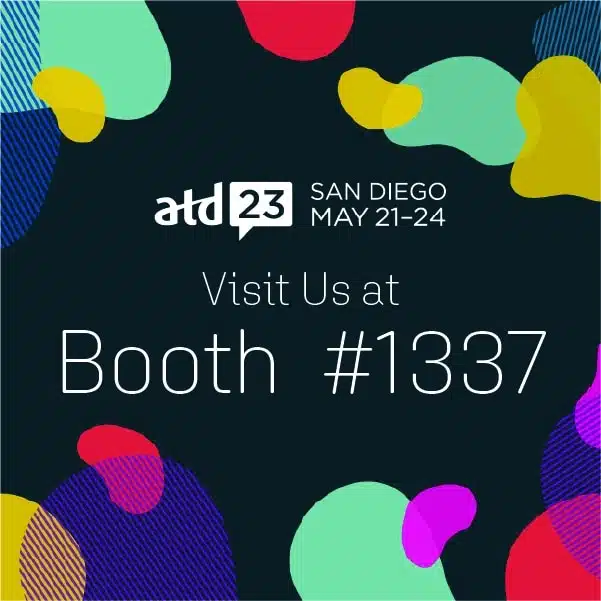What does effective learning mean? Kolb’s Model for Experiential Learning is a holistic perspective on learning that encompasses experience, perception, cognition, and behavior. Since educational theorist, David Allen Kolb first revealed his Learning Style Inventory (LSI) and Experiential Learning Cycle in 1984, the concept has evolved significantly, as insight regarding the way people learn has grown.
In the beginning, Kolb’s LSI consisted of only four types. Today it has evolved to a set of nine. Experiential Learning Theory is a widely known and utilized method for honoring the fact that people not only learn differently, but that they only learn effectively through a process that begins with a real experience or at least the memory of a real experience.
Following is an overview of the breakthrough theory of Kolb’s Model for Experiential Learning – a theory for helping people learn effectively. In modern business, this model has helped leaders obtain the greatest possible benefit from all types of coaching and learning and development sessions. Experiential learning also comes highly recommended by Forbes Coaches Council. Instructors, leaders, coaches would do well to implement it to ensure that their L&D efforts are not in vain.
A concise history of Kolb's research regarding effective learning
In the 1970s, Kolb and other behavioral scientists began to focus on the study of how people learn differently. Kolb developed his:
- Original 4-part Learning Style Inventory – publicizing it in 1984
- Along with his 4-part Stages of Learning
- Together these factors make up Kolb’s Learning Cycles.
- Combined, these form Kolb’s Experiential Learning Theory.
Over time, Kolb’s original Learning Style Inventory evolved into a listing of nine – up from the original 4-part concept.
About Kolb’s Model of Experiential Learning
According to Kolb, learning occurs when abstract concepts are applied to new situations. Experience is necessary, he postulated, for true learning to occur. Memorization or recollection of ideas we are taught to store, do not constitute true learning. Something must be generated through the learning process. Value must be added by the learner.
The idea of learning from experience was around long before Kolb. Humanistic and constructivist outlooks on education emphasize the fact that learning occurs naturally as a response to experience. But Kolb formalized it in his learning theories. He prompted us to think about it and showed us how to apply it. Soon, many practical applications for experiential learning procedures presented themselves just as Kolb described it: “. . . the process whereby knowledge is created through the transformation of experience” (Kolb, 1984).
Components of Kolb's Experiential Learning Model: a two-part matrix
Kolb’s (original four-part) Learning Style Inventory
- Diverging: Watchers and information gatherers. Able to see a problem from different viewpoints. Use information to solve problems.
- Converging: Prefer technical tasks to interpersonal relations. Convergers find practical uses for abstract theories and ideas.
- Assimilating: Understanding and organizing a wide range of information is the assimilator’s strong point.
- Accommodating: Hands-on learners, yet intuitive. New challenges and experiences are sought. Accommodators enjoy completing plans.
Kolb’s Four Stages of Learning
- Concrete Experience – A new experience or the mental replay of an experience which already occurred can be considered a concrete experience. Kolb thought learning required involvement. Just reading or watching was not enough. Becoming engaged with a task helps learners process experience. A concrete experience, he thought, set a cycle of learning in motion.
- Reflective Observation – Following a concrete experience, a learner must step back to reflect. Questions may be posed, the experience discussed with others. This stage requires communication, which allows learners to identify disharmonies between the experience and understanding of what actually happened as its result.
- Abstract Conceptualization – This step makes sense of the events. Conclusions are drawn through reflection upon knowledge gained earlier. Familiar ideas may be used as a comparison. Possibilities may be discussed with colleagues. The transition from reflective observation to abstract conceptualization starts when the learner begins to classify concepts and form conclusions. Interpretations must be made between the experience and current understanding of the process or idea. The concept doesn’t need to be new. Learning can involve modification of conclusions based on previously existing ideas.
- Active Experimentation – This stage puts it all together. After having or remembering an experience, comparing it to current levels of understanding, new ideas are formed and applied to the situation. Conclusions are made concerning the effectiveness of the newly formed concepts. This is how true learning takes place.
The picture of experiential learning: Here is a link to an illustration of the complete cycle of Kolb’s Experiential Learning Process.
How experiential learning applies to coaching and being coached
The field of education and teaching, of course, can obviously utilize Kolb’s advice regarding optimized learning. But businesses and developers of specialized workplace training programs can and should also use them to advantage. In a similar manner, coaches and mentors may apply them, since being coached is in fact, a learning experience.
Coaching and mentoring are constructionist functions. The uniqueness of each person’s learning process is emphasized. Coaching is a learner-centered means of facilitating non-directed judging sessions. Coaching differs from teaching and training, as the role of a coach involves encouraging individuals to find their way toward their own answers by assimilating new knowledge and skills. Unlike teaching, coaches do not give learners all the answers but rather, provide them with the space to experiment and experience learning firsthand. That’s why experiential learning models like Kolb’s can be so impactful when applied in the right settings.
Reflective learning in coaching and mentoring
The cycle of experiential learning displays how a learner’s experiences can be explored through reflection. This can lead to new thinking patterns and new behaviors. In reflective learning, the learner is encouraged by a coach, to investigate a range of theoretical perspectives. The learner may then choose to act differently in the future, spurring a continued cycle of improved behavior.
The new – expanded Kolb’s Learning Style Inventory – included for a more complete reference of Kolb’s work.
Evidence and studies over the years have brought further insight to Kolb’s theory of four basic learning style types. Here are descriptions of the nine updated, more intricately individualized patterns describing the different ways each person learns. These further refined categories reduce the confusion induced by borderline cases. Here is a link to a more intricate explanation and description of the nine styles.
- Initiating: Begins action to seek new opportunities and influence others. Thinks quickly and takes risks.
- Experiencing: Intuitive. Enjoys relationships and senses subtle emotions. Finds meaning from deep involvement.
- Imagining: Creates meaning by reflecting upon experiences. Receptive to diverse ideas and people. Entertains possibility.
- Reflecting: Observes situations. Examines multiple perspectives to connect experiences with ideas and be fairly certain of outcome before taking action.
- Analyzing: Reflects upon ideas to organize them. Sees the big picture. Conducts models to test theories. Plans ahead, carefully, to minimize mistakes.
- Thinking: Uses disciplined, abstract reasoning. Utilizes logic and critical thinking to analyze data and reach solutions.
- Deciding: Sets performance goals. Evaluates progress. Selects a single course to solve problems and achieve results.
- Acting: Implements a plan. Takes decisive action. Obtains prompt results.
Critiques and modern approaches to Kolb’s Model of Experiential Learning
Kolb’s experiential learning theory is not without critics.
Some in the industry say: “The experiential learning theory does not adequately address the role that non-reflective experience plays in the learning process. While the theory is good at analyzing how learning occurs for individuals, it does little to look at learning that occurs in larger social groups. How does the individual’s interaction with a larger group impact the experiential learning process?”
In spite of the deep analysis and criticisms of many, others, including educators, coaches, and L&D leaders, tout the reasons why experiential learning is the future of learning. Data also suggest that experiential learning can drive innovation.
Sounding Board is prepared to utilize Kolb’s Model for Experiential Learning to provide a valuable, fresh approach to coaching sessions. Together, we will ensure your L&D efforts and employees come to greater insights in their own learning experiences.











